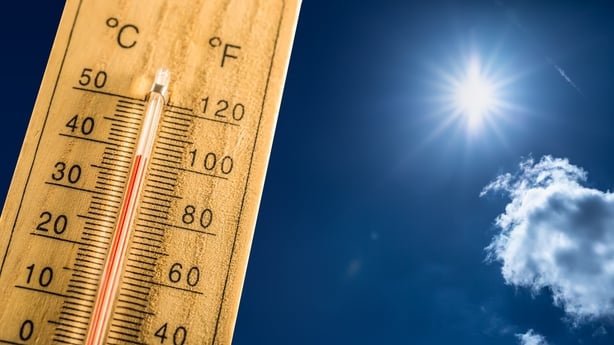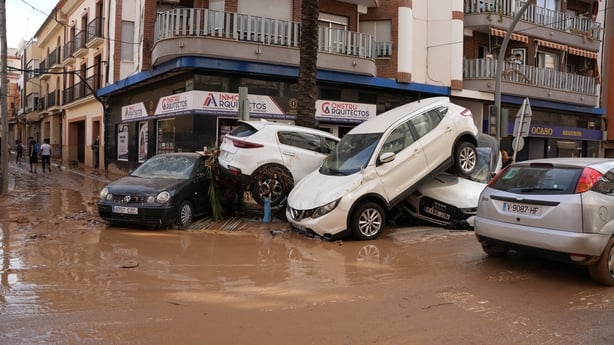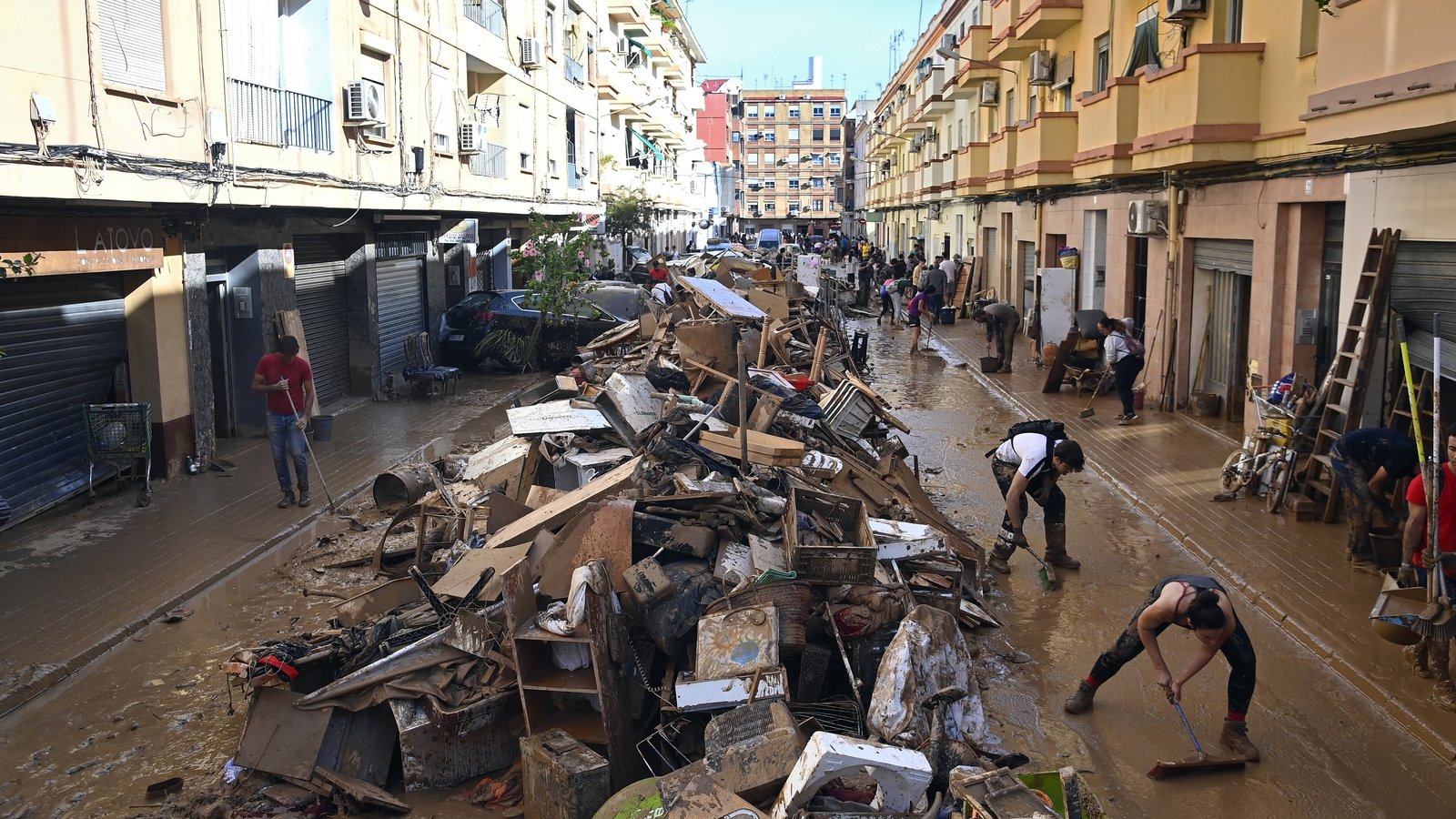The horrific destruction caused by the torrents of rainfall in Valencia this week is terrifying and probably the worst we have witnessed on the European continent to date.
But scenes like that are becoming more and more common and closer to home.
Early in October this year, 27 people died in Bosnia and Herzegovina after an atmospheric river that formed over the Adriatic Sea. The deluge it caused resulted in catastrophic flooding, landslides and major damage to infrastructure.
In September, Storm Boris raged through Poland, the Czech Republic, Romania, Austria and Italy. It caused 26 deaths and billions of euro in damages. Experts called it the worst flooding to hit Central Europe for almost 30 years.
In June, Baden-Wurttemberg and Bavaria in southern Germany suffered massive flooding. Some areas received a month’s rainfall in 24 hours. Dams and dykes failed. Floodwaters reached heights only expected once in a century.
But it is not only on the continent.
Remember the horror last November in Clarinbridge, Oranmore, and Kinvara, the Galway coastal towns that suffered the full force and devastation left by Storm Debi.
Wind gusts were as high as 115 kilometres per hour. Sustained wind speeds more than 70 kilometres per hour. Torrential rain, high tides, a storm surge – they got the full brunt of it.
An unfortunate deli manager at the local Centra store described being trapped within minutes by a 10-to-12-foot surge of seawater inside his shop.
Also, who could ever forget October last year and the scenes of destruction at Midleton in Co Cork.
Storm Babet brought more than a month’s rainfall in less than 24 hours. Homes, businesses and livelihoods were destroyed.
Climate change is here and now and there is nowhere to hide. That was the key message from World Weather Attribution this week.
This is the group of climate scientists who analyse extreme weather events to decipher whether or not changing climate was responsible, and if how much impact did it have.
They published an analysis of the ten most deadly extreme weather events of the past 20 years as a result of which more than 570,000 people died.
They concluded unequivocally that, yes, human-caused climate change intensified every single one of those most deadly events.
Four of those top ten global weather disasters occurred in Europe.
Almost 56,000 people died during the 2010 heatwave in Russia from extreme temperatures made 3,000 to 7,000 more likely by climate change.

Nearly 54,000 deaths were attributed to the European heatwave of two years ago. Italy, Spain, France, Greece, Romania, Portugal and the UK were all impacted. Daily temperature peaks were up to 3.6C hotter and 17 times more likely because of climate change.
Then last year, 2023, yet another European heatwave made it onto the top ten, most deadly list.
More than 37,000 people died when mostly the same group of countries as in 2022 were impacted. Portugal and the UK escaped it this time.
The World Weather Attribution scientists concluded the extreme heat suffered in the western mediterranean in the summer last year would have been impossible without climate change.
They also said the intense heat in southern Europe that time was made at least 1,000 times more likely.
Another heatwave, this time France in 2015, is the fourth European weather disaster listed in the global top ten of the past 20 years. More than 3,000 French people died during that disaster because of temperature extremes made twice as likely by climate change.
Scientific measurements of temperature by many thousands of weather stations and gauges on land and sea show that warming in recent decades has been exceptionally rapid.
Official data shows that the average global temperature over the past 2,000 years was just 14 degrees Celsius.

However, last year 2023 was the warmest full year on record at 15.3C.
This year 2024, is shaping up to match that, if not break the record.
Up to the end of October, the average global surface temperature was 15.5C.
Sometimes it is hard for us to remember that Earth is a water planet. More than 70% of its surface is covered by oceans and water.
It takes gigantic amounts of energy over very many years to heat that up. Yet by burning fossil fuels and destroying forestry over the past 250 years we have managed to do just that.
Our big problem now, however, is higher global surface temperatures means higher evaporation of moisture into the atmosphere.
And more moisture in the atmosphere means more rain is has to fall.
A mathematical equation describes the relationship between global surface temperature and moisture in the atmosphere.
It is a complicated non-linear thermodynamic formula called the Clausius-Clapeyron equation. Climate scientists all agree about what it means.
It is that for every one degree of global warming the atmosphere above our heads will hold an average of 7% more moisture.
So, this year, with 1.55C of warming above pre-industrial temperature levels, there is about 10% more moisture up there, waiting to fall on us as rain.
We know however that global warming is not even. Some areas are warming faster than others.
For instance, the rate of warming in Ireland’s climate is in line with the average global but continental Europe is warming twice as fast as the global average.
Average temperatures on the continent this year are about 3C higher than pre-industrial times.
Could that possibly mean that instead of 10% more moisture waiting to fall as rain over parts of Europe there is potentially 20% more?

That would certainly be enough to turn sudden cloudbursts into catastrophic flooding events such as the disaster that we have witnessed in Valencia this week.
The World Weather Attribution published a rapid analysis about what has unfolded in Valencia.
Their initial assessment is that climate change caused the heavy rainfall that fell to be about 12% heavier and twice as likely to occur.
A separate analysis by Climate Change Central also said what we saw in Spain Climate was climate change in action.
Their report concluded that the warm Atlantic Ocean temperatures that added moisture to the storm was made between 50 to 300 times more likely by climate change.
The upshot of it all is that we are only at the early stages of global warming, and it is terrifying.
Although annual global greenhouse gas emissions have levelled off over the past decade they have not yet started to fall.
But either way, the greenhouse gases already emitted are going to remain in the atmosphere for hundreds of years locking in more and more heat regardless of whatever we do.
The destruction we have all seen in Valencia is telling us something important.
We are clearly in the grip of an incredibly dangerous climate emergency. There is nothing we can do that will stop it in the short term.
If we unhook from fossil fuels as soon as possible then we might limit the destruction our children and grandchildren will have to deal with.
But in the meantime, it is absolutely critical that we put far greater effort into adapting our infrastructure, our towns, our cities and our lives.
We must prepare now to deal with the deluges, the heat waves, the wildfires, and storms, and the rising sea levels that are inevitably going to worsen in the years and decades ahead.
That means strengthening homes and flood defences, improving early warning systems, and putting systems in place to protect all vulnerable people.

